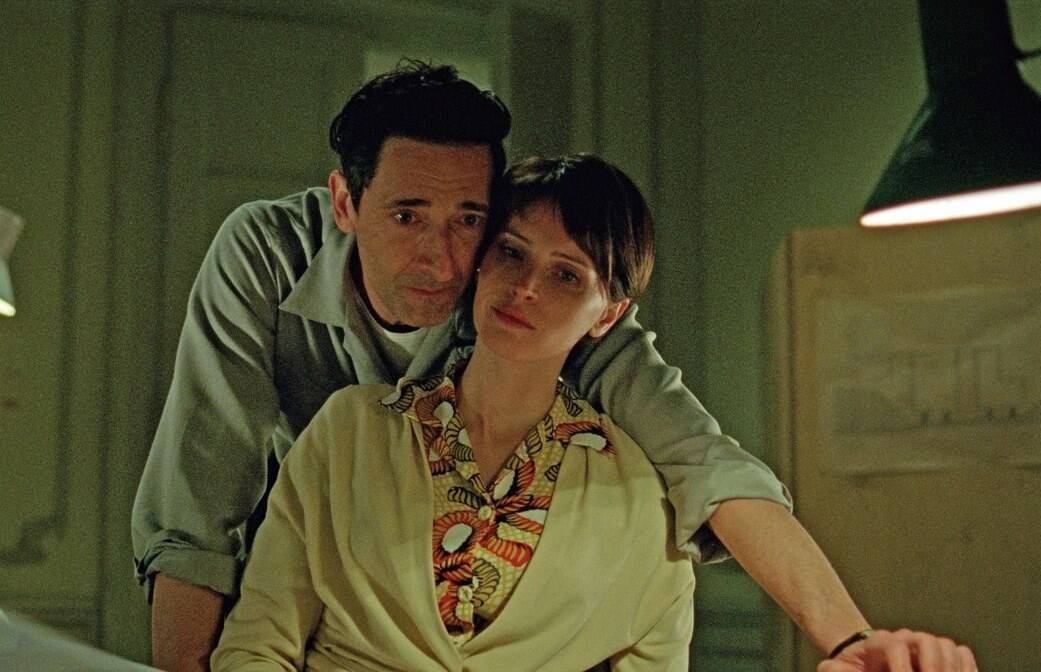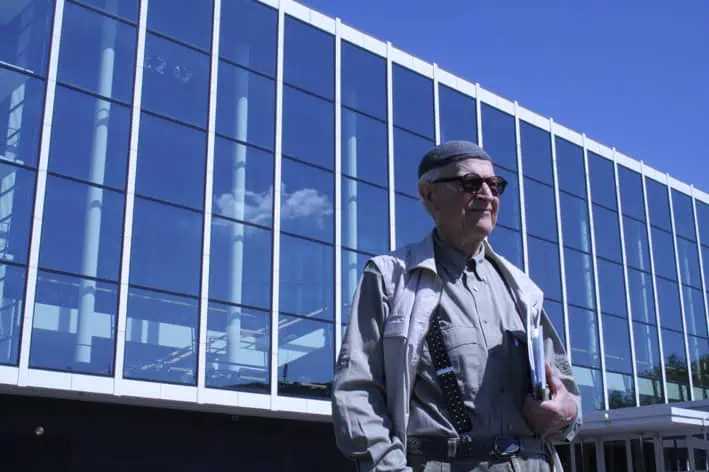Adrien Brody has played such a man before: He was "The Pianist" in Roman Polanski's film (2002) about the musician Wladyslaw Szpilman in Nazi-occupied Warsaw, who survives underground, not without traumatic experiences of isolation, claustrophobic panic, and fear of death. With which the historical Wladyslaw Szpilman connects with the biography of the Jewish director from Poland.
Now he is Lászó Tóth. He arrives in America after 1945, turning away from the continent of Europe once again devastated by the Nazis. A terrible crossing on the ship until arrival in the port of New York, where immigrants are greeted by the torch of Miss Liberty. But in a tipping perspective, the beacon of freedom suddenly appears upside down from the ship, as if the sky has collapsed and the ground is swaying. Arrival in uncertainty. A speaking image – one of many in the following more than three hours. However, for its epic duration, the film lacks breath; it does not return to its dramatic center but frays at too many edges.
Corbet is not Polanski, not Scorsese, not Coppola, or Paul Thomas Anderson, who knew how to tell of the American dream and the rude awakening from it, of overcoming and succumbing, and of masculine arrogance and mania.
The Jewish Hungarian Tóth, who studied at the Bauhaus in the early thirties, was caught by the racial madness of the Hitler dictatorship, was in the Buchenwald concentration camp, his wife imprisoned in Dachau, was liberated, and leaves Europe behind while his wife Erzsébet (Felicity Jones) remains in a refugee camp of the Red Army and only joins him years later.
In Philadelphia, he finds accommodation with a relative who works in furniture manufacturing. Tóth makes designs, fails when his bold steel tube design does not meet the taste of the wealthy client Van Buren. As a result, he initially ends up on the social margins until he is miraculously discovered, and Van Buren (Guy Pearce) is instructed otherwise thanks to the publication of Tóth's works. A huge commission follows for a multi-purpose building: The Van Buren Institute is somewhat like the hybrid estate in Orson Welles’ "Citizen Kane," only more beautiful and not a kitschy castle.
Thus, the conflict between these two men is created, who will turn a possible paradise into a beyond of Eden, in which guilt and atonement determine the law. This also includes illnesses and damages that the couple has dragged with them from the camps, which torment and paralyze them. László Tóth fights them with heroin and becomes addicted.
The center, however, determines the confrontation between the sensitive, complicated, pain-wounded Tóth and the monomaniacal Van Buren. It must be European, blood-soaked, demon-inhabited ground, the marble quarries of Carrara, where the pressure becomes too strong, the antagonism Tóth – Van Buren escalates into physical violence and also turns into an erotic power struggle. Here, the title "The Brutalist" moves from material to human. Therefore, the Van Buren Institute is ultimately completed, but also becomes a monument to failure.


